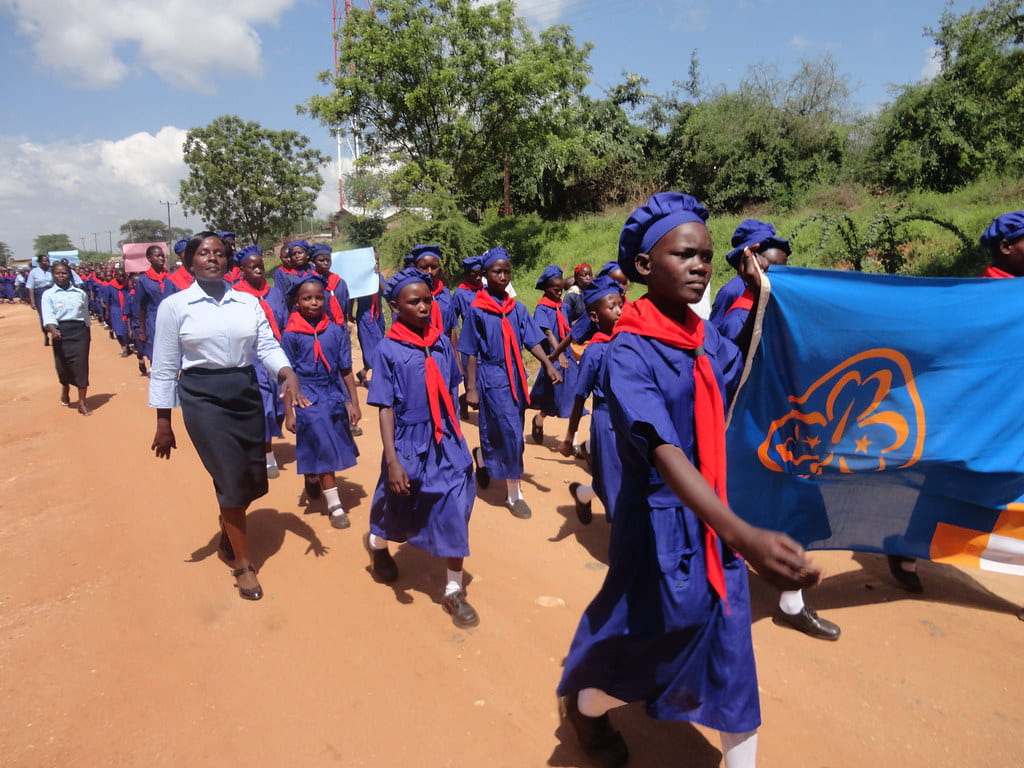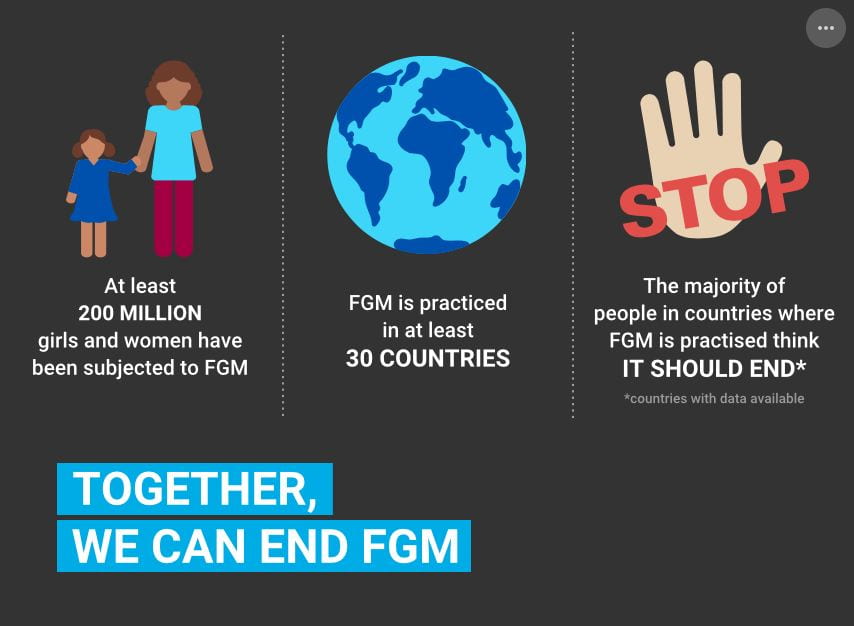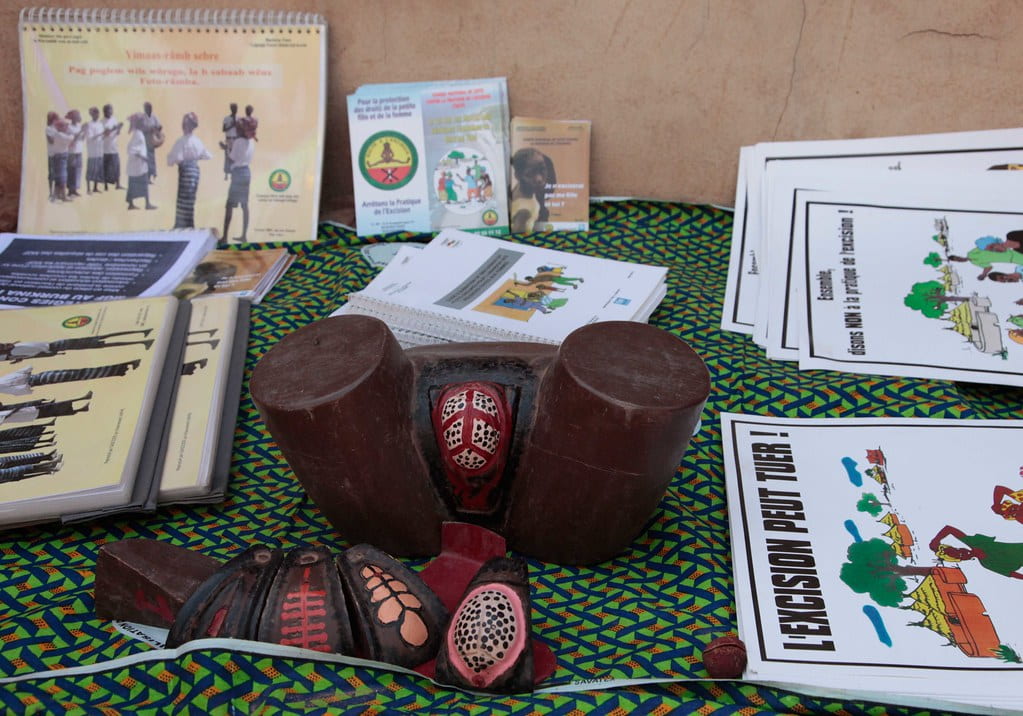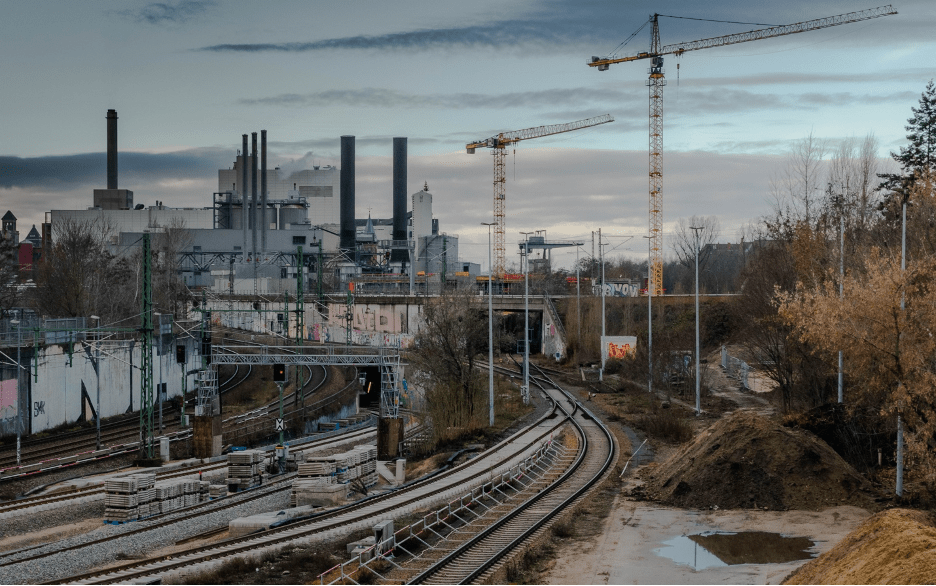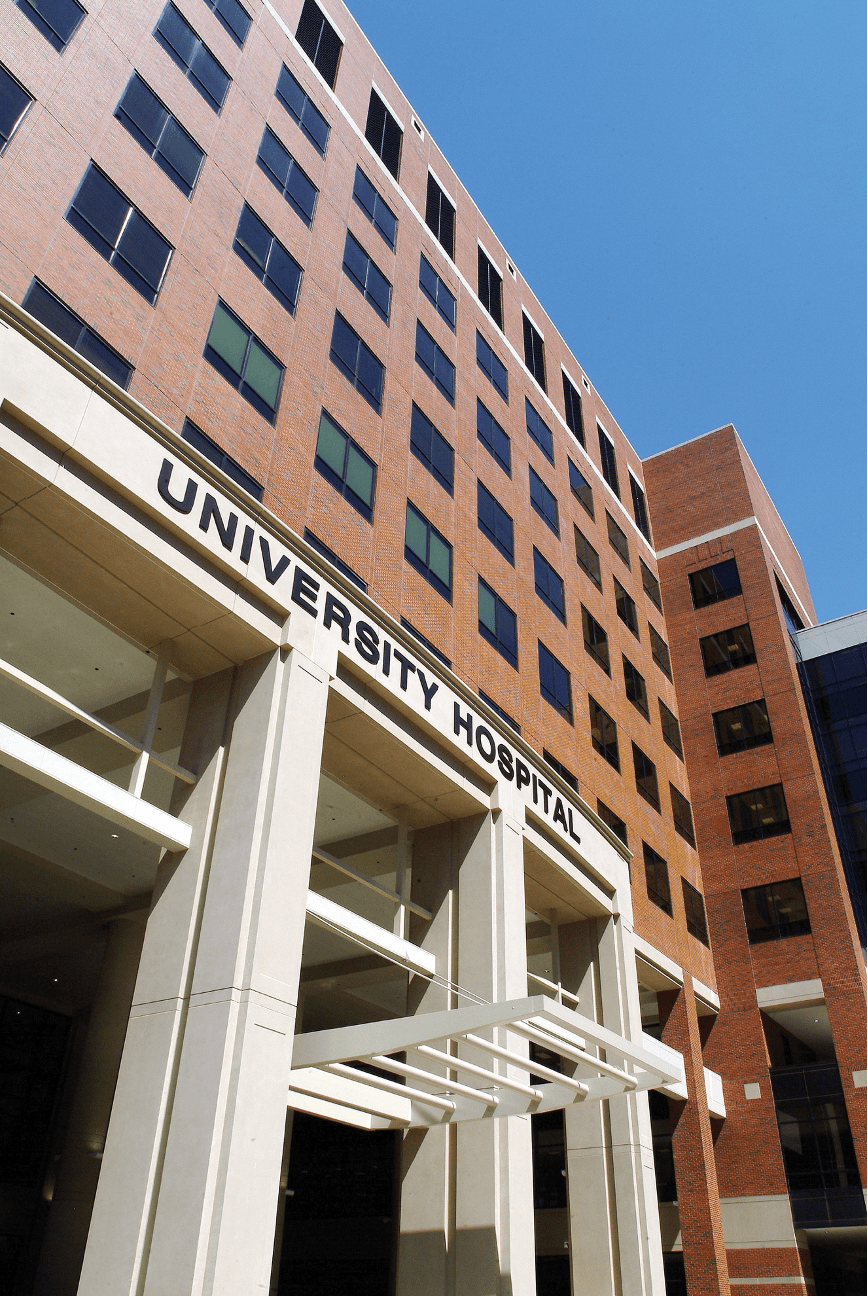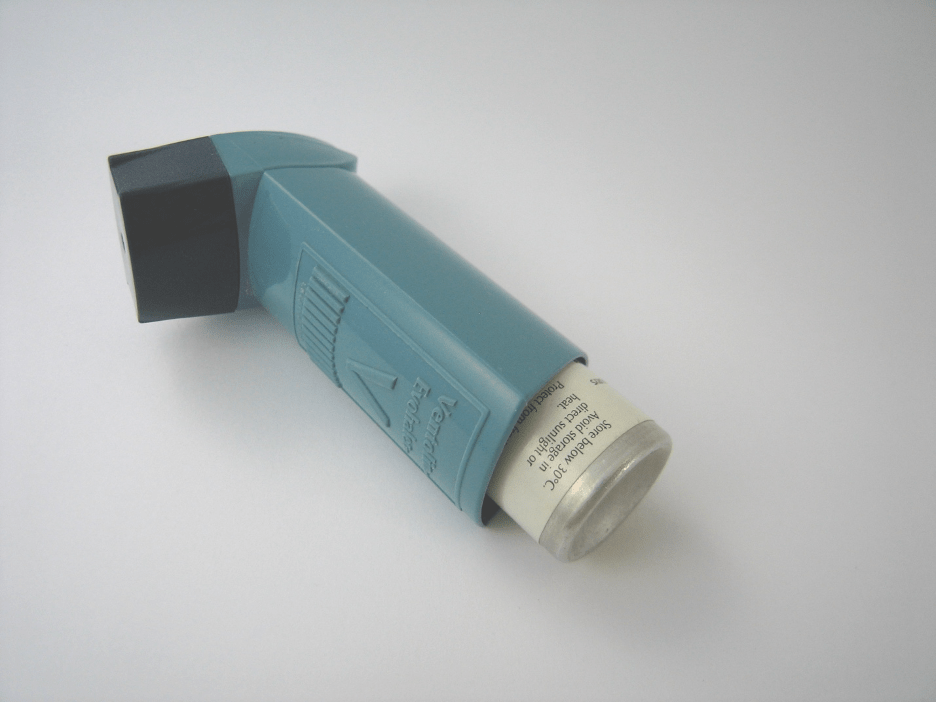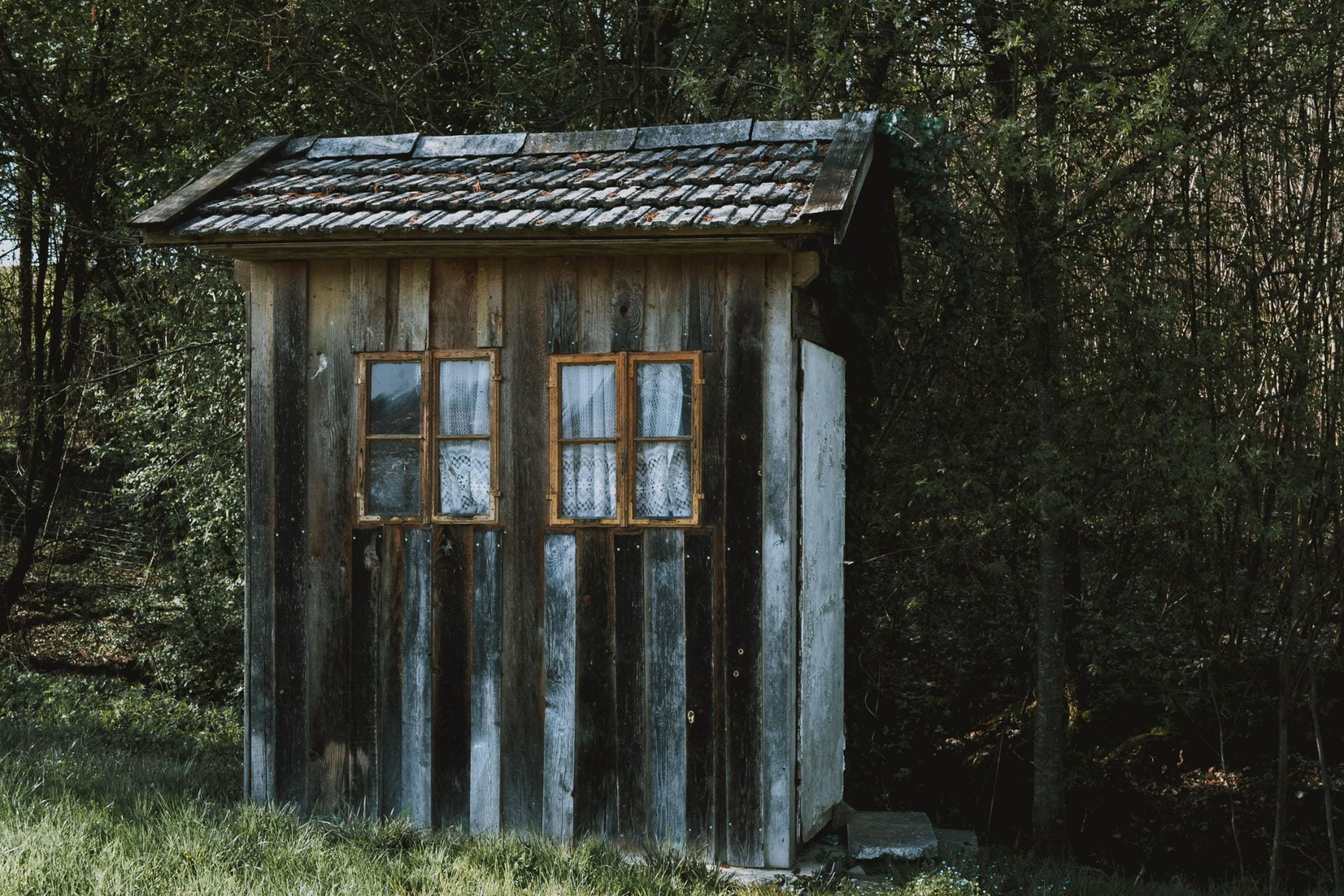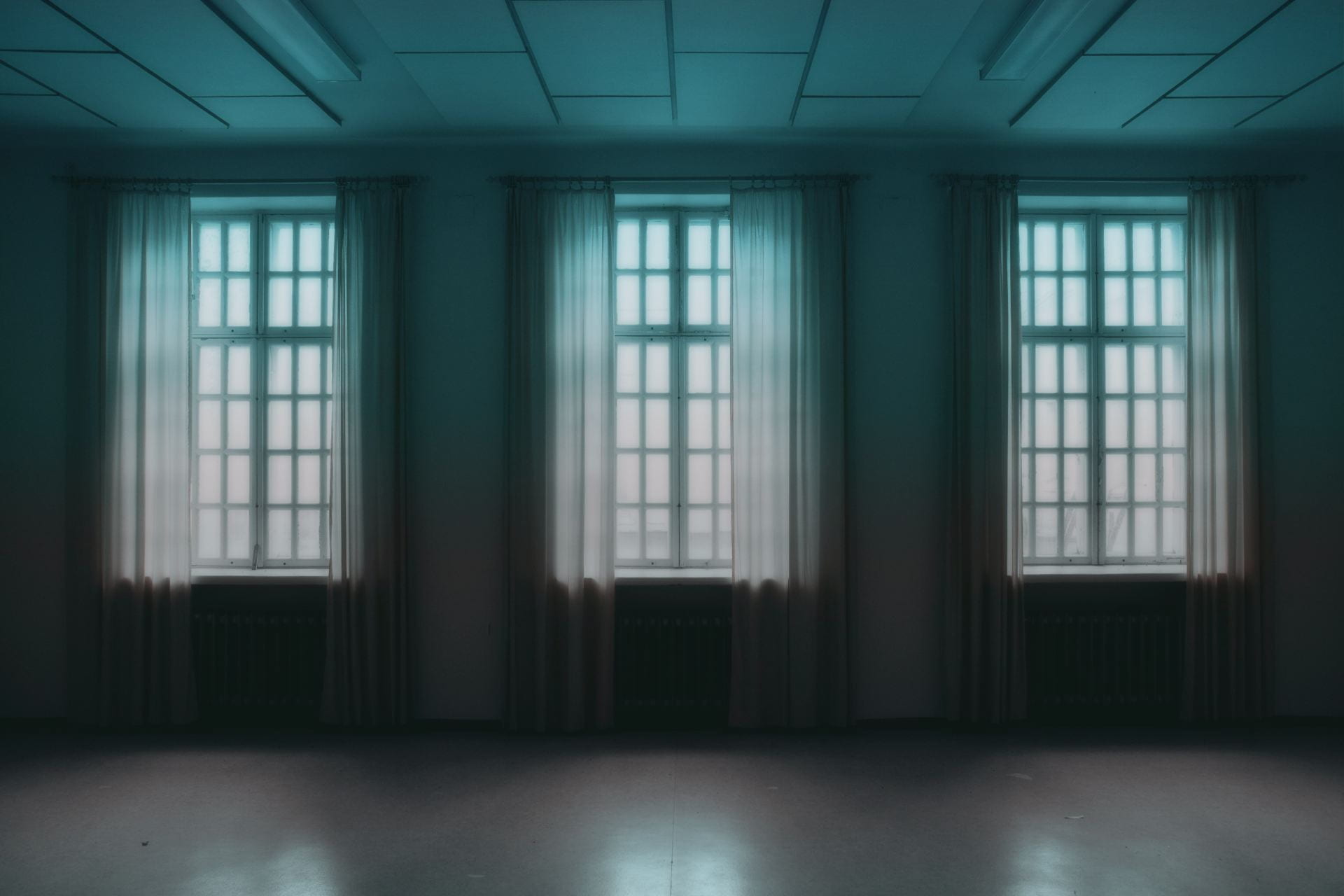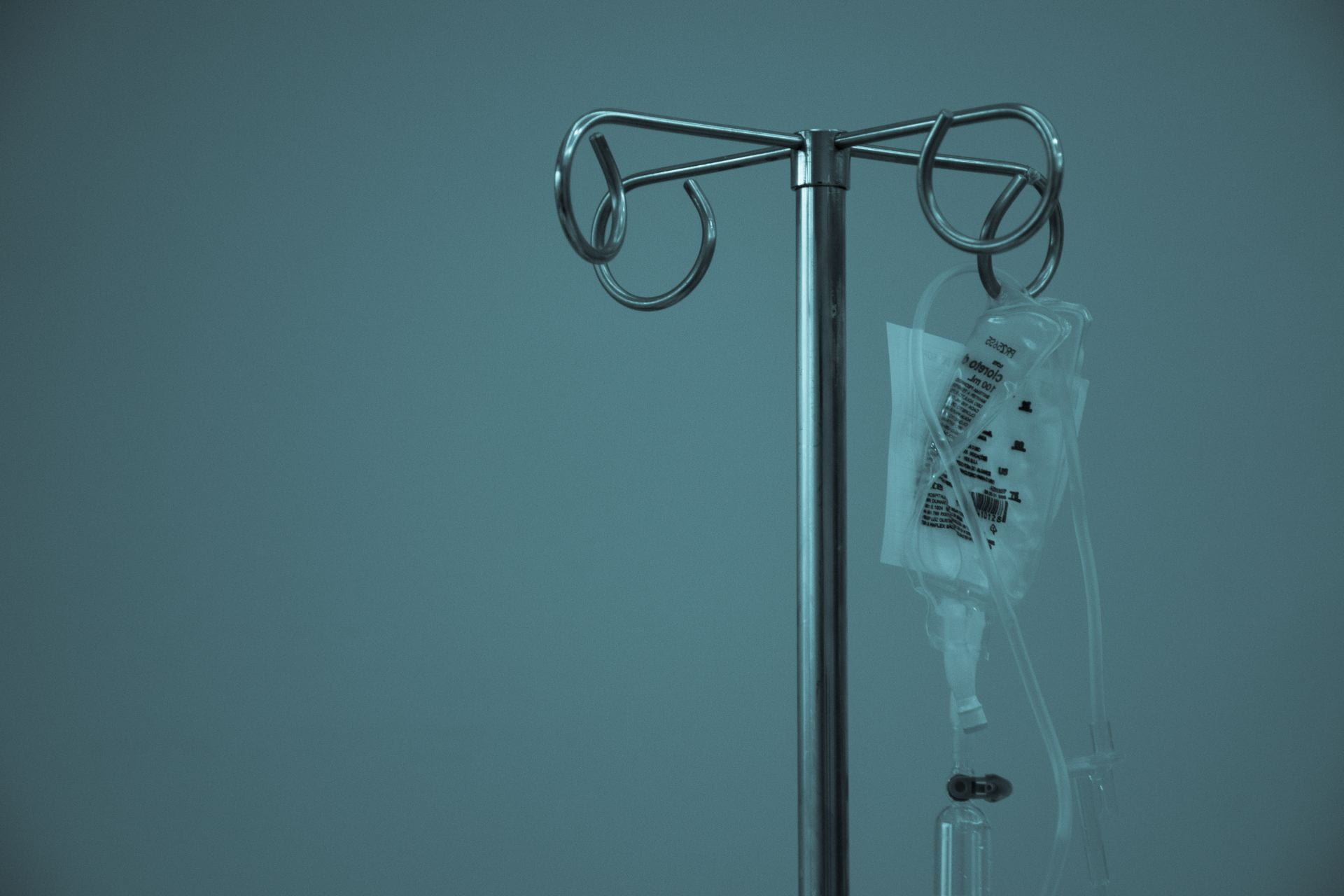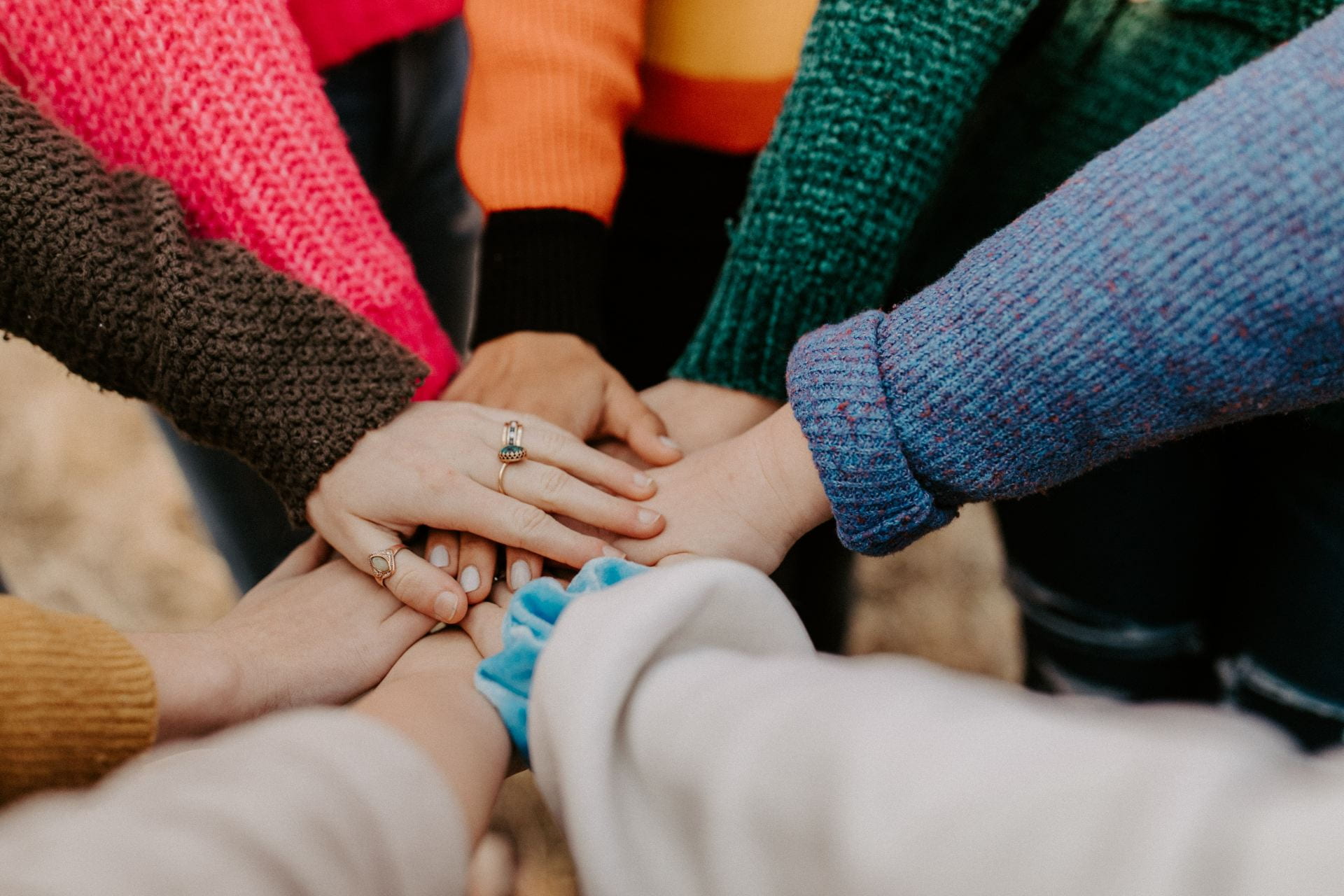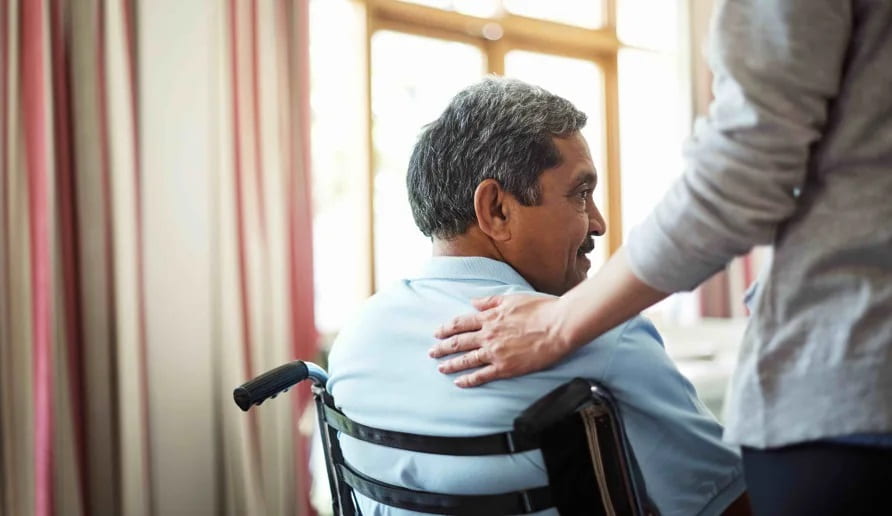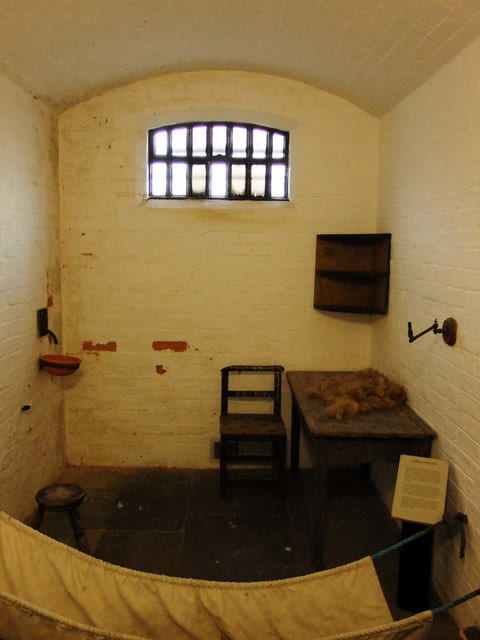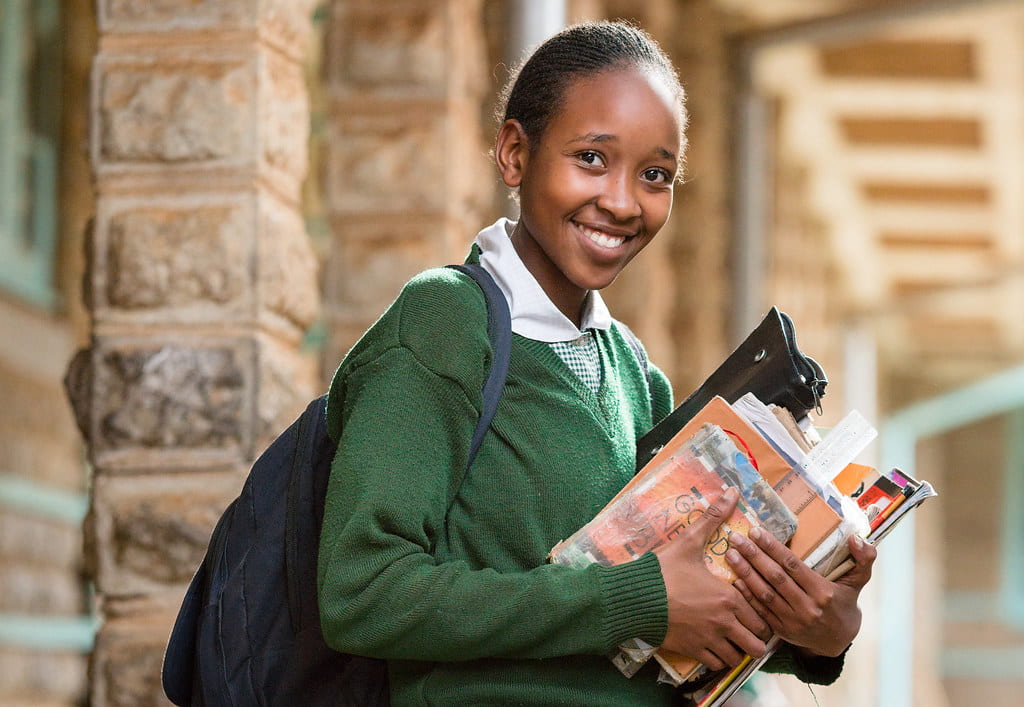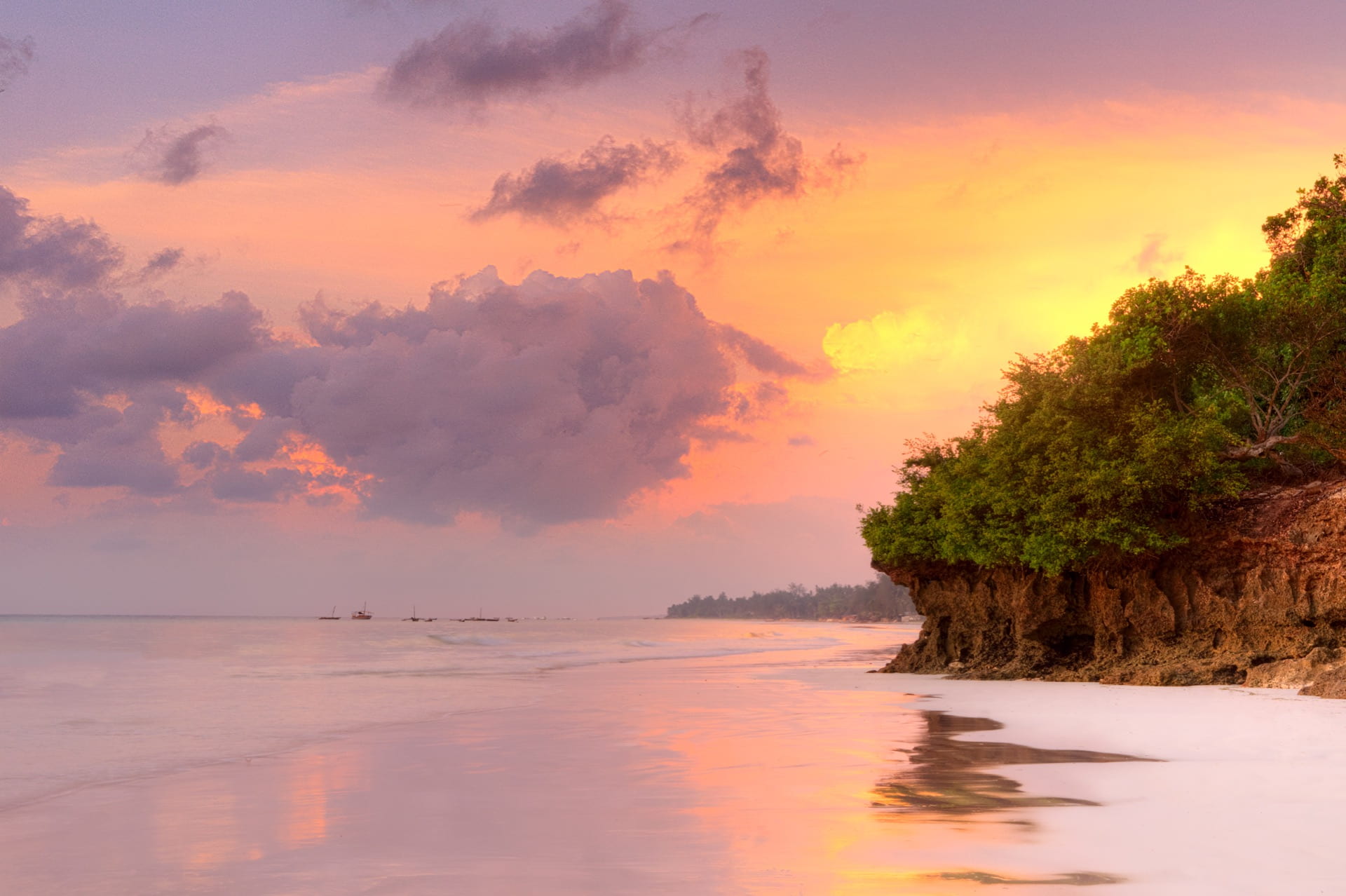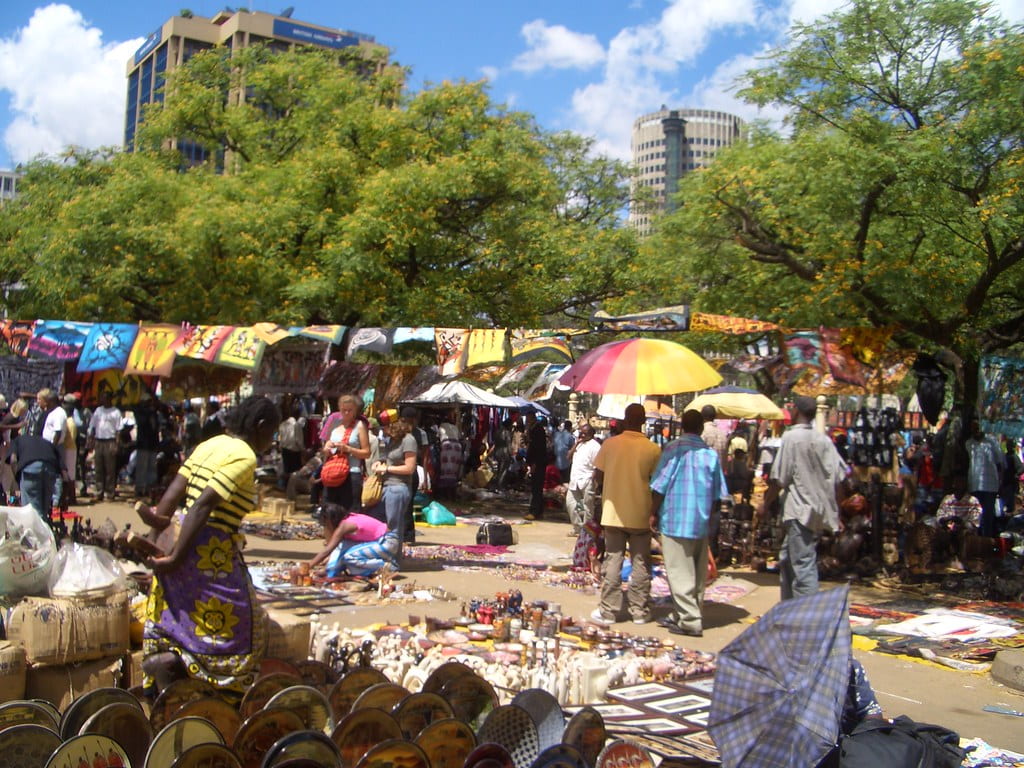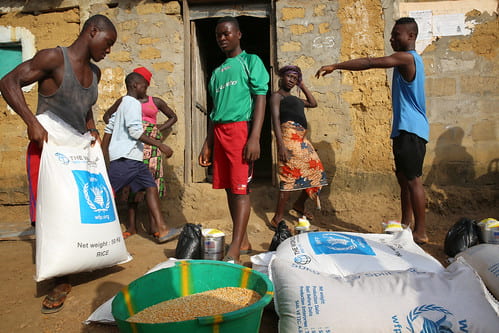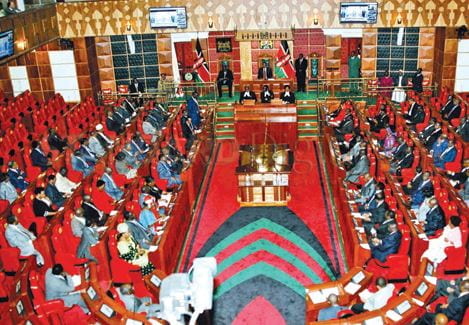The human rights violations noted against Sub-Saharan African migrants have been increasing exponentially across North Africa, specifically in Tunisia. Tunisia is a transit country for many migrants to reach Europe, being the most significant departure point for migrants crossing the Mediterranean; the physical actions against migrants and the political bias have inherently made it difficult for many different communities to continue their journey.
History of Sub-Saharan Immigration

Source: Flickr
For hundreds of years, people have migrated from Sub-Saharan Africa to Northern Africa; in 2020, it was estimated that 61 percent of migrants into North Africa were from Africa. Tunisia has been a key destination because it is relatively stable both socioeconomically and politically. Irregular migration into the country has been pertinent since the early 1990s. However, a surge in migration was observed in 2011, when over 27,000 migrants were intercepted in Tunisia with plans to continue to Europe. A similar spike was noted in early 2020, with over 35,000 migrants intercepted when departing from the country. These values tell the story of those who were intercepted by the government and do not account for those who weren’t able to complete their journey beyond Tunisia.
Largely, migrants from Sub-Saharan Africa are males who have taken the step into a new journey to hopefully promise a better life for their families; these individuals are quite young, being anywhere from 18 to 35 years old. Generally, there are varying reasons why people migrate to Tunisia; data collected in 2018 suggests that 52% of migrants emigrated for economic reasons, 22 percent migrated to study, and 25 percent are potential victims of human trafficking. All of these come via different routes; though land routes are quite popular, an overwhelming majority of migrants from Sub-Saharan Africa come by air travel, leveraging visa-on-arrival opportunities. As these are often three-month tourist visas, many overstay the visa to work in different fields ranging from tourism to hospitality to construction. Beyond those visas, other avenues are explored by migrants to enter Tunisia; one is that of human-smuggling networks. These networks are oftentimes characterized by two-fold movements: into Tunisia via land and then outside of Tunisia via maritime routes. For those without passports, many individuals pay hundreds of dollars to get to North Africa.
Drivers of Migration
When faced with difficulties, many people seek out-migration as an avenue to explore. One reason why migration into Tunisia has increased is economic burdens. The World Bank has estimated that youth unemployment in Sub-Saharan Africa is around 10.2 percent. This has resulted in many youths moving to North Africa to seek out new opportunities.
Another factor is environmental factors. With increased burdens associated with climate change, such as increased temperatures and deteriorating soil quality, it is observed as a driver, as well. By 2025, Sub-Saharan Africa could see as many as 86 million climate migrants; though this number is represented by a value of internal and external migration, this has been a force that has impacted current migration patterns into Tunisia.

Source: Flickr
Domestic Concerns
To respond to the increased migration, the Tunisian government has had a unique role in the development of action. While Tunisia has been vocal about human rights and has demonstrated international support, the application of their signatures often falls short.
Raids and arrests, outlining attacks against human rights, have been increasing significantly. This, coupled with improper immigration-specialized facilities, has resulted in many people not being treated fairly. These centers have not met international standards, according to international observers like OMCT (World Organization Against Torture), due to inadequate sanitary conditions and poor infrastructure. To respond to these abuses and oversight, the government of Tunisia established the National Authority for the Prevention of Torture, which has unfortunately faced limited access to detention centers, further allowing continuous attacks against the human rights of those in detainment.
Human Right Abuses
Different abuses have been noted against Sub-Saharan migrants in Tunisia. Physical violence has been most prominent during arrests, raids, and detainment. Over 85 percent of Black Africans had reported violence from these security forces. These abuses have been conducted by police, the National Guard, and many other entities.
Medical abuse is also quite prominent as well, especially for those in detention facilities. Many migrants are uneducated about the nuances of Tunisian healthcare in the country and their access rights. This results in inaccurate information being more accessible than a healthcare professional. Within the conversation of accessing healthcare, there is a unique level of pressure put on female migrants; though there are not as many women who migrate to Tunisia, those who do face challenges ranging from building rapport with the health system, accessing insurance information for prenatal care, and navigating social implications of feminine care.
Mental health is also a huge issue for many migrants in Tunisia; an overwhelming 47 percent of migrants experience depression, 10 percent experience adaptation stress, and 9 percent experience PTSD (Post Traumatic Stress Disorder). These, coupled with the general stress of migration and the expectation to reach Europe, can have overwhelming effects on their mental health. Without the resources necessary to treat it, they are left even more vulnerable than when they came.
Economic exploitation is another abuse noted against Sub-Saharan African Migrants in Tunisia. 35% of migrant workers experience poor working conditions, many of whom eventually change jobs for a plethora of reasons ranging from exploitation, which is the most frequent incident, to violence to harassment. As many of these workers participate in the informal economy, as young people generally make up 32 percent of the informal sector, they are not equally as protected compared to those who are in the formal sector.
When looking at the abuses against communities, it is integral that international communities advocate against these injustices and work to support vulnerable communities like migrant ones. Without checks and balances, support is limited for these communities, allowing systematic discrimination to take precedence.













